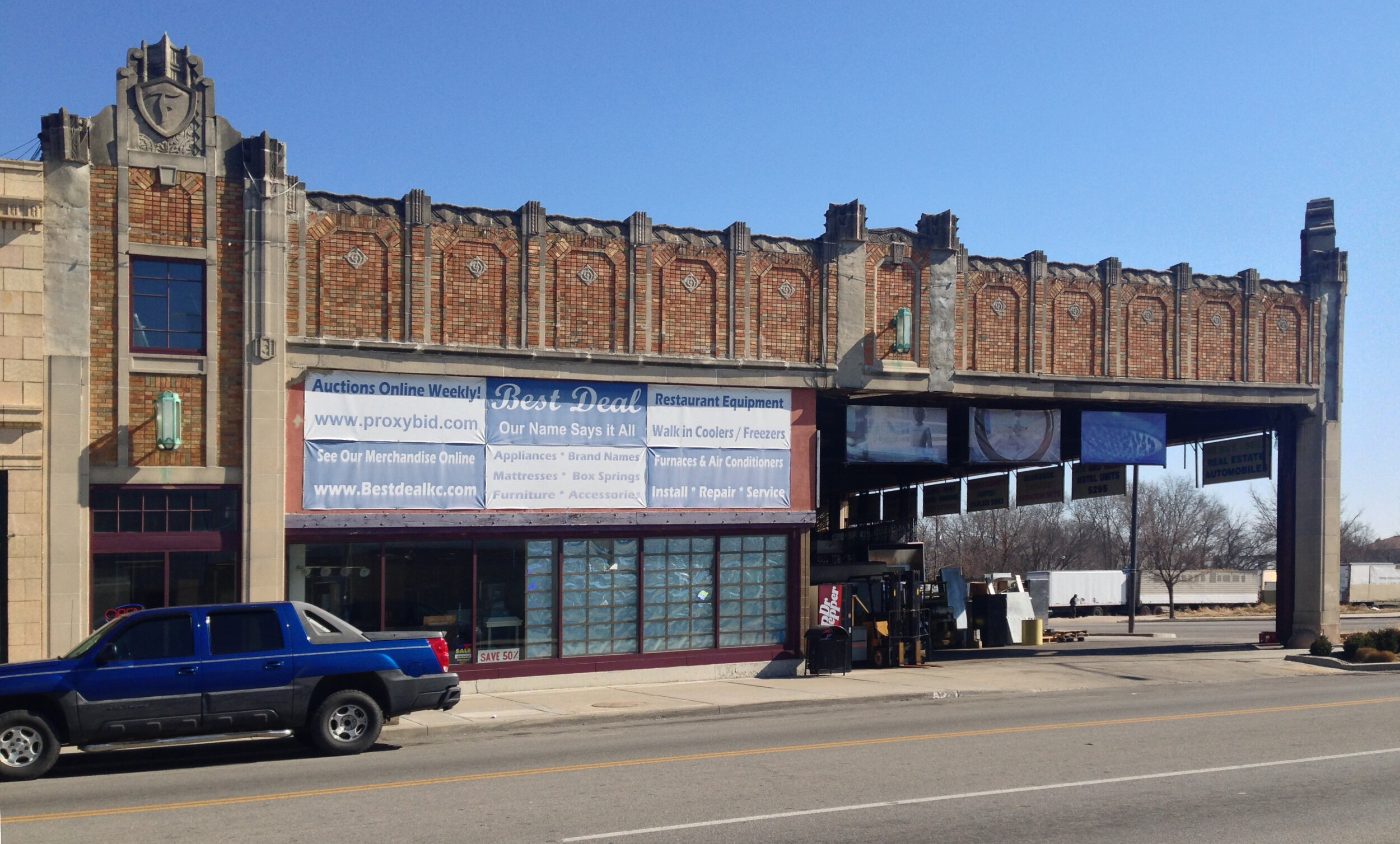
31st & Troost Commercial District
31st & Troost Commercial DISTRICT
In 1910, with a population of nearly a quarter-million residents, Kansas City experienced a surge of dwellings being constructed with the heaviest concentration in the south and east. The 31st & Troost neighborhood experienced a housing spike accompanied by new schools, churches, hospitals, banks and retail shops, and by the 1920s the 3100 Block of Troost was a highly-desired residential area with a bustling commercial cluster at its core - designated by a local newspaper as “a town within a city.” In 1926, as the city’s population neared 400,000, the corner of Linwood and Troost was thought to be the center of Kansas City’s population. By 1940, the most concentrated areas of African-Americans in Kansas City were east of Troost.
Troost Avenue was named after Dr. Benoist Troost, a prominent physician and well-known civic leader. In the 1880s, the stretch of Troost between 26th and 32nd Streets was called “Millionaire’s Row” due to the large homes owned by some of the city’s wealthiest residents lining the Avenue. Not long after, the economy crashed and homebuilders bailed. Home prices dropped, and the less-affluent African American community began to move in.
31st & Troost also became a center for minority-owned businesses in the city. The grouping of buildings at 3101-3109 Troost and 1103-1105 East 31st Street contained a “mini-mall” of businesses, including: Mo-Kan Minority Contractors (Alex Harris); Conference Cove Lounge (Syll Harris); an event space for conferences, poetry readings, and cultural plays (W.H. Johnson); an architect; a carpet company, a car salesman; the Rose Harvey Beauty Shop; The Twins Beauty Shop; Accent Travel (Mrs. Francis Hill); Jimmy Crack Corn restaurant and mobile food truck and popcorn company (Ada Shaw & Harry Reaves); The Drums Newsprint (Maurice Copeland); Charles Whimes Realtor; TYCOR Community Development (Harry Reaves); Native American Embassy; Osage Trail Station Neighborhood; Eternal Life Church (Bishop Caldwell) and many other offices.
There are three building listed on the National Register of Historic Places in the District.
F.W. Woolworth Building at 3210-22 Troost Avenue
The Shankman Building at 3115-23 Troost Avenue
The Michelson Building at 3125-33 Troost Avenue




The Troost Corridor Community Assn. (TCCA) held their meetings in the 3105 Troost conference room, and an organization named “The Troost Folks” was formed with the purpose of closing the dividing line by creating a gathering place. Meetings were held in Reconciliation Services facility to organize the yearly, free ‘Troostfest’ where people of all colors came to share ideas, volunteer, participate and enjoy.
Former businessowner Ada Shaw recalls a night she took a break and met a fellow entrepreneur: “The people and businesses were/are dedicated to their purpose, every day, all hours of the day - someone was creating a job or finishing one. I remember (just one) occasion, finishing up a popcorn order and I was taking a break just sitting outside my door 3107 Troost, and ‘Ms. Lady-of-the-night’ said to me, “Ms. Ada you sitting out here at (11 pm-ish), you call me if you need any ‘help,’ I got your back.” I knew what she was referring to, but I had/have no fear. The block was smelling like popcorn and I had some to share.”
“Troost Avenue has a rich history: Native American hunting trails, a huge plantation with enslaved Africans, millionaire-owned estates, jazz clubs, Walt Disney, the Isis Theatre, a commercial center - Troost was the hub of eclectic, urban life. Yet Troost has long been viewed as the racial diving line of the city. Walt Bodine, a local broadcaster, used to refer to Troost Avenue as the “Berlin Wall.” It has also been referred to as “The Mason-Dixon Line” of KC.”
— Ada Shaw, resident, business owner, activist
content provided by:


